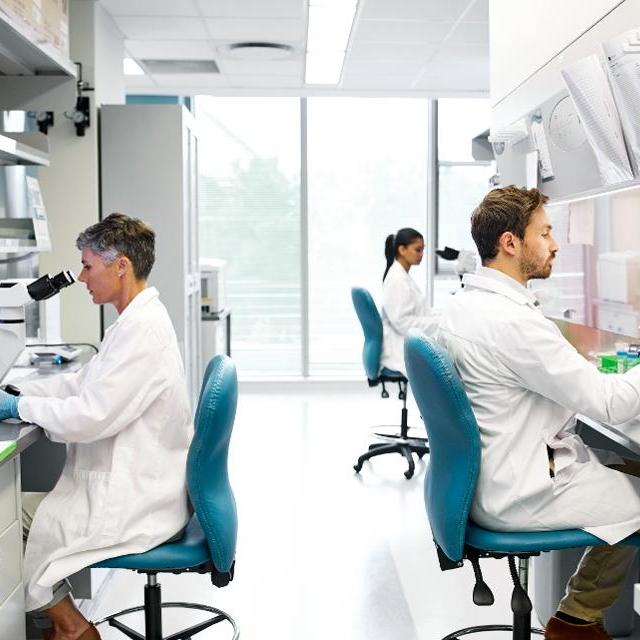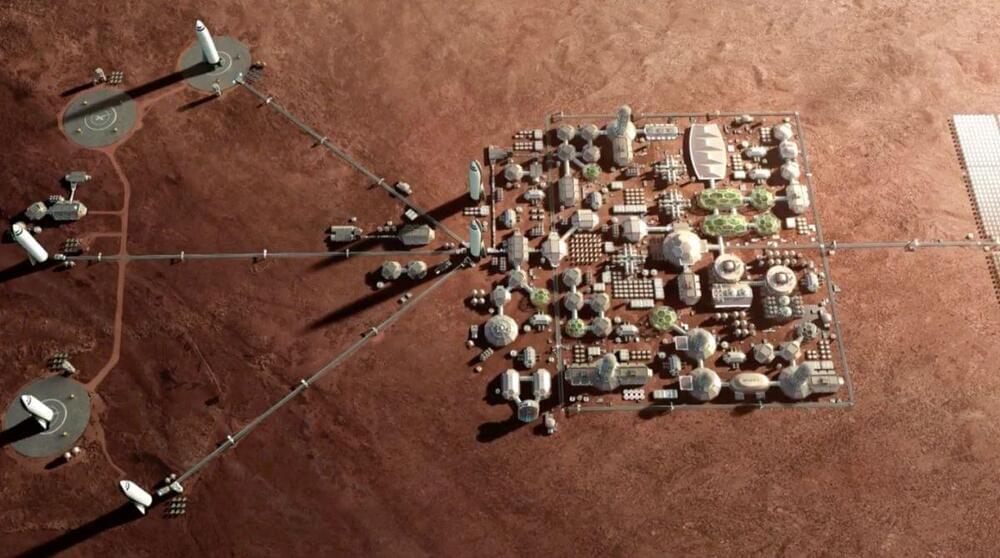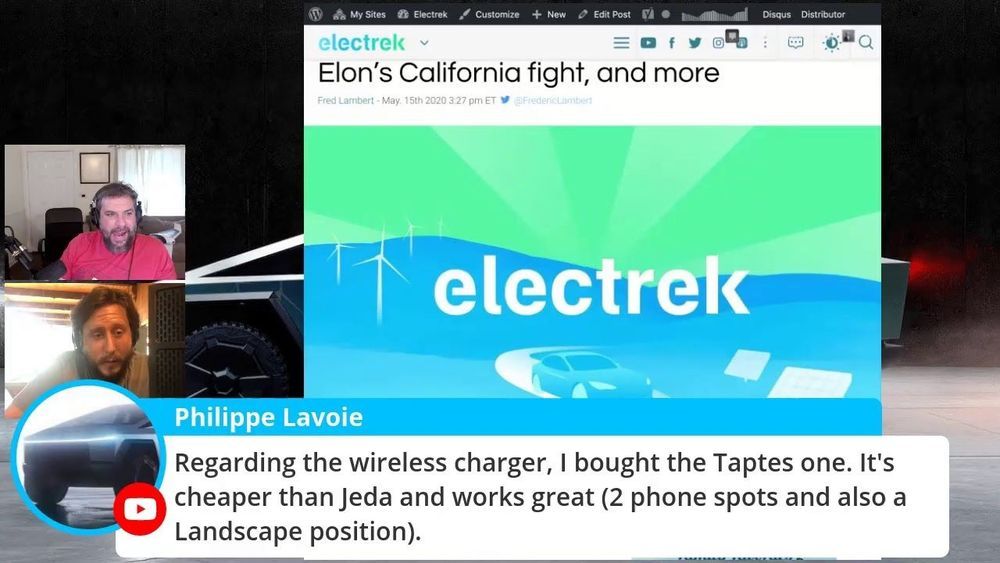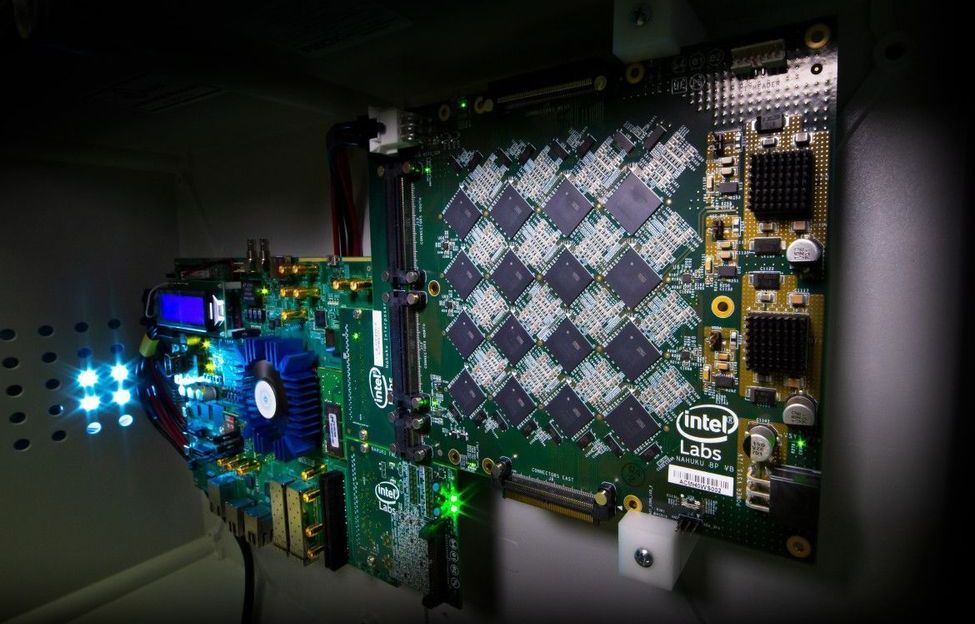
In an effort to create first-of-kind microelectronic devices that connect with biological systems, University of Maryland (UMD) researchers are utilizing CRISPR technology in a novel way to electronically turn “on” and “off” several genes simultaneously. Their technique, published in Nature Communications, has the potential to further bridge the gap between the electronic and biological worlds, paving the way for new wearable and “smart” devices.
“Faced with the COVID-19 pandemic, we now have an even deeper understanding of how ‘smart’ devices could benefit the general population,” said William E. Bentley, professor in UMD’s Fischell Department of Bioengineering and Institute for Bioscience and Biotechnology Research (IBBR), and director of the Robert E. Fischell Institute for Biomedical Devices. “Imagine what the world would be like if we could wear a device and access an app on our smartphone capable of detecting whether the wearer has the active virus, generated immunity, or has not been infected. We don’t have this yet, but it is increasingly clear that a suite of technologies enabling rapid transfer of information between biology and electronics is needed to make this a reality.”
With such a device, this information could be used, for example, to dynamically and autonomously conduct effective contact tracing, Bentley said.

















